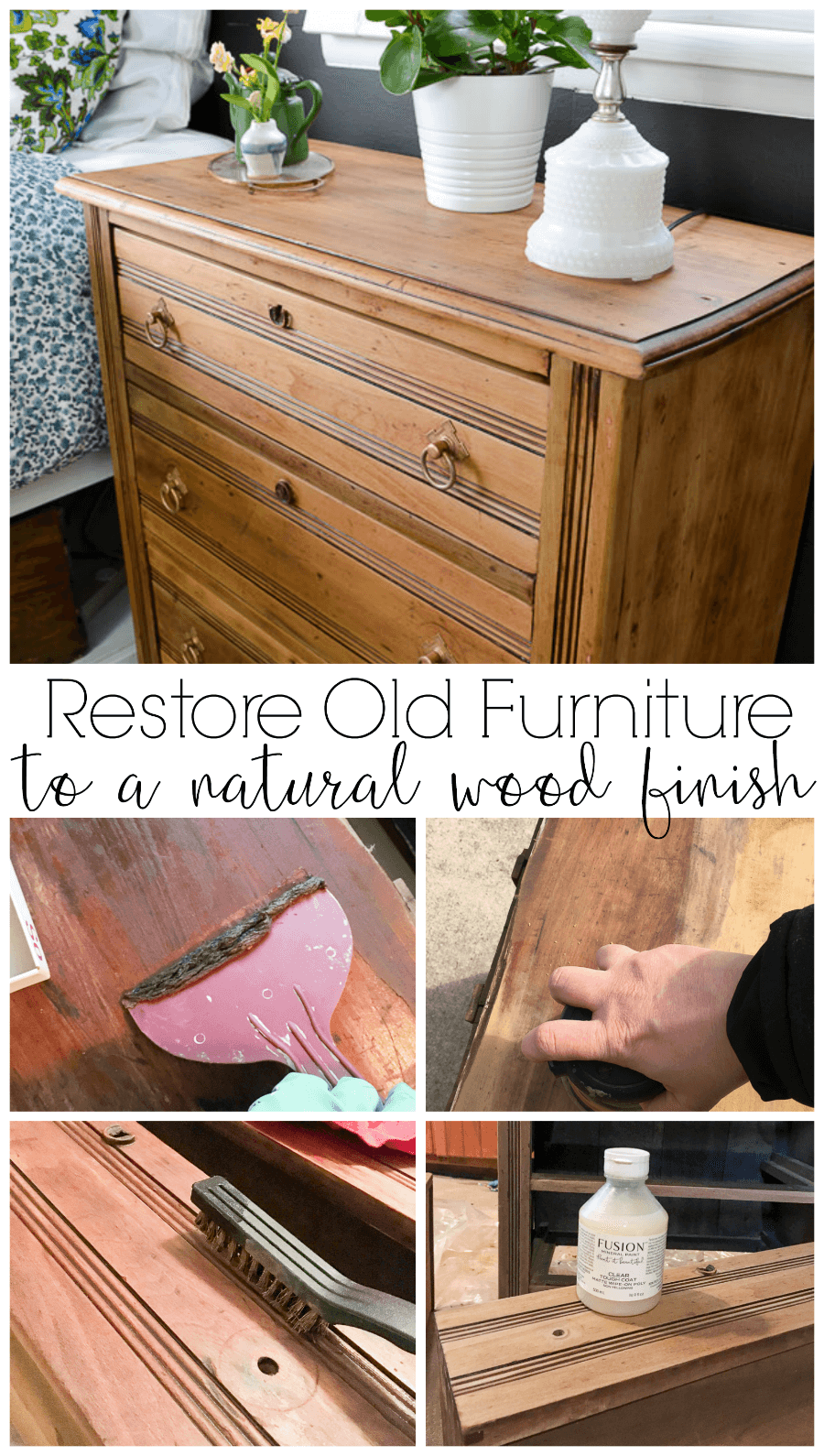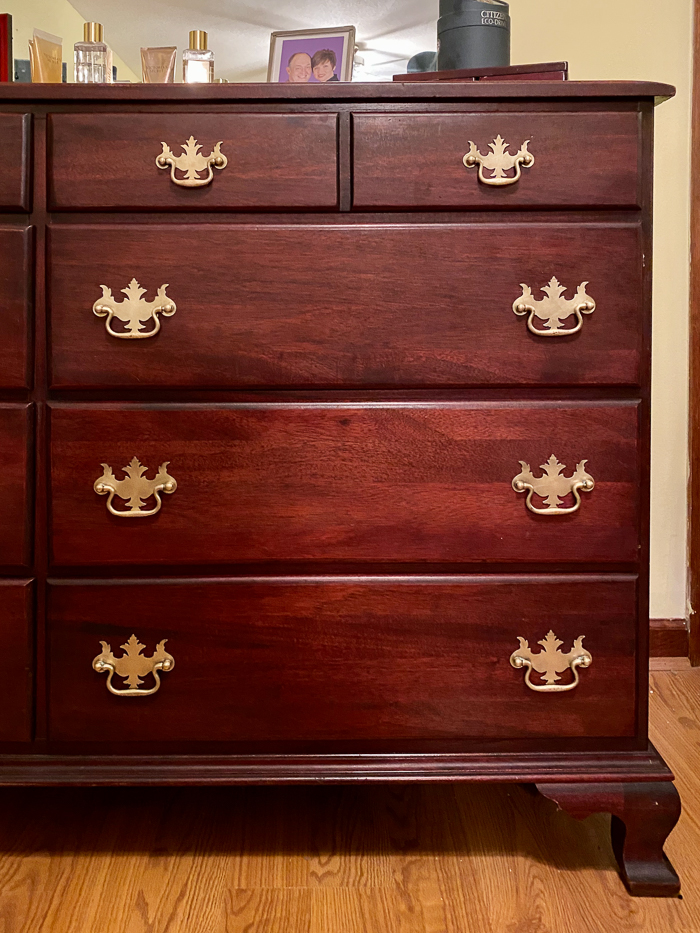How To Restore Antique Furniture Finish

Restoring Antique Furniture Finish: A Step-by-Step Guide
Antique furniture is a timeless treasure. Whether it's a family heirloom or a piece found at a flea market, antique furniture can add a unique touch to any home. Unfortunately, over time, the finish on antique furniture can become dull and damaged due to wear, tear, and environmental factors. Fortunately, with a little patience and elbow grease, you can restore your antique furniture's finish and make it look as good as new!
Step 1: Assess the Damage
Before attempting to restore the finish on your antique furniture, it is important to assess the damage. If the furniture is severely damaged, it is best to seek the help of a professional. However, if the damage is minor, such as scratches and dull spots, you can likely take on the project yourself. To assess the damage, first use a soft cloth to clean the furniture. Then, inspect the furniture for any cracks, chips, or discoloration in the finish. If you find any, you can use fine sandpaper to smooth them out.
Step 2: Clean the Furniture
Once you have assessed the damage, it is time to clean the furniture. Before you begin, make sure to wear protective gloves and a dust mask to keep yourself safe. Start by cleaning the furniture with a mild soap and water solution. If the furniture is made from wood, use a soft cloth to gently scrub the surface. For furniture made from metal, use a soft brush to remove any dirt or debris. Once the furniture is clean, use a dry cloth to wipe off any excess water.
Step 3: Sand and Strip
Once the furniture is clean, it is time to sand and strip the existing finish. Start by using a fine-grit sandpaper to gently sand the surface. This will help remove any remaining dirt and debris, as well as any old finish. Once you have finished sanding, you can use a chemical stripper to remove any remaining finish. Make sure to wear gloves and a dust mask when using the chemical stripper. Then, use a soft cloth to wipe away any excess stripper.
Step 4: Apply New Finish
Once the furniture is clean and stripped, it is time to apply the new finish. First, use a soft cloth to lightly sand the surface with a fine-grit sandpaper. This will help the new finish adhere to the furniture. Then, use a paintbrush or cloth to apply the new finish. Make sure to apply the finish in thin, even coats. Allow the finish to dry completely between each coat. Depending on the type of finish you are using, you may need to apply multiple coats in order to achieve the desired effect.
Step 5: Seal the Finish
Once you have finished applying the new finish, it is important to seal it to protect it from wear and tear. You can do this by using a clear sealant. Apply the sealant with a soft cloth or brush in thin, even coats. Allow the sealant to dry completely between each coat. Once the sealant is completely dry, your antique furniture will look as good as new and will be protected from any future damage.
Conclusion
Restoring antique furniture can be a daunting task. However, with patience and the right tools, it is possible to make your furniture look as good as new. Start by assessing the damage and cleaning the furniture. Then, sand and strip the existing finish and apply the new finish. Finally, seal the finish with a clear sealant. With a little bit of effort and determination, you can restore the finish on your antique furniture and make it look as good as the day it was made.
restore antique and vintage furniture to natural wood finish the easy

Restoring Old Furniture – Tips To Consider - Home Vanities
How to Restore Wood Furniture with Items You Already Have at Home

10-Easy Tips & Tricks For Successfully Refinishing Furniture

Antique Furniture Restoration - Vintage Furniture Reupholstered
